Today we will talk about the speaker system that reproduces the lowest frequency sounds in a home theater system – a subwoofer. We will talk about the types and technical characteristics of devices, describe the most successful models, share instructions for connecting, configuring, and even assembling a subwoofer yourself.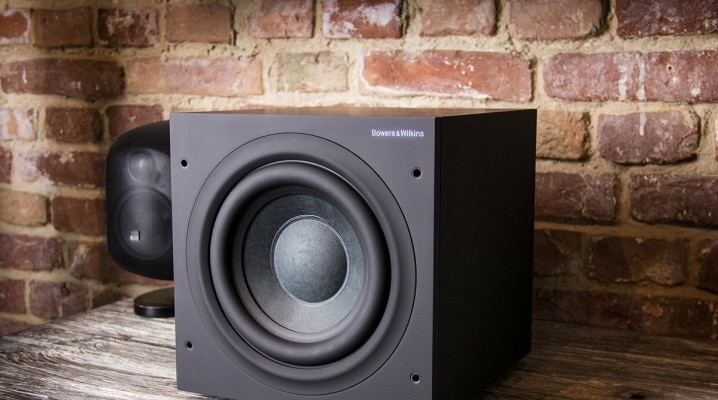
- Subwoofer: concept and purpose in home theater
- Types of subs used in home theaters
- Specifications to pay attention to
- Criterias of choice
- Choosing a subwoofer for the room
- Auto subwoofer selection options
- TOP 3 budget subwoofer models for home theater assembly – rating of the best
- TOP 3 models of subs in the middle price range – what to choose for a more expensive home theater
- The best subwoofer for home theater – choose the top models
- Connecting and setting up a subwoofer in a home theater system – step by step instructions with a photo
- Connection
- Setting
- How to make a home theater subwoofer
- How to disassemble a subwoofer from a home theater for repair
Subwoofer: concept and purpose in home theater
A subwoofer is a device that reproduces sounds of the lowest frequency – from 5 Hz (that is, including infrasound). At the same time, it is not an independent column, but complements the audio system.
Note! Low-frequency sounds are poorly localized, that is, it is difficult to determine the sound source by ear. In this regard, in a multi-way stereo system, we recommend installing only one woofer. This configuration option will save space and reduce the overall cost of the speaker system without sacrificing sound quality. Subwoofers, as a rule, are used in those stereo systems that are designed for watching films filled with special effects; as well as listening to modern bass-rich music. As a result, we get a more voluminous and realistic sound.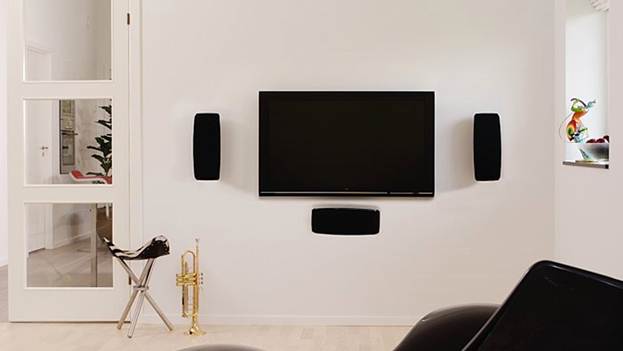
Types of subs used in home theaters
In relation to the audio frequency amplifier, woofers are divided into active and passive.
- An active subwoofer, also known as a woofer, is distinguished by the presence of a built-in power amplifier and an active crossover. That is, it combines those devices that are found separately. Such a subwoofer has line outputs and inputs, and can receive a signal with high frequencies already cut, that is, line level. In this case, a crossover filter is not needed. Most active subwoofers also have additional options to adjust to the conditions.
- In turn, the passive speaker is not equipped with a power amplifier. And connects to an external amplifier or main stereo speakers in parallel. The main disadvantage of such switching is the additional load on the output amplifiers, which sometimes reduces the overall sound pressure. In turn, a passive crossover on the way from the amplifier to the main speakers also has a negative effect on the acoustic properties. A passive subwoofer is “demanding” to install, and does not have auxiliary tuning capabilities.
The amplifier must be at least 10-15 percent more powerful than the passive subwoofer of the declared power (plus speakers).
Specifications to pay attention to
When choosing a subwoofer, we pay attention to the fundamental technical characteristics of the device:
- One of the most important is the frequency range . The output power is conditionally divided into several octaves, namely deep bass (20 – 40 Hz), medium (40 – 80 Hz) and high (80 – 160 Hz). At the same time, the range of most models is 40 – 200 Hz. Frequencies from 5 Hz reproduce only single models.
- The next parameter is maximum sound pressure , in other words, the maximum volume of the subwoofer.
Interesting to know. The lowest level perceived by a person is called the threshold of hearing. Its value is 0 dB. The highest is the pain threshold – 120 dB.
- The sensitivity of a subwoofer is the ratio of the average sound pressure to 1 W of power and 1 m of distance. Generally, the higher the sensitivity value (dB), the better the sound of the speaker system.
- Crossover frequency . Here we understand the frequency at which the signal section occurs. For example, if the crossover frequency is 90 Hz, then all signal components with a frequency range of 20 – 90 Hz will be fed to the subwoofer, in turn, a signal with frequencies above the specified value will be sent to the main speakers.
- subwoofer diameter . The design of the subwoofer enclosure also largely determines the acoustic properties of the device. There are 3 main types of design of the subwoofer dynamic bass head – bandpass, closed and phase inverter. Each type has both its advantages and some disadvantages.
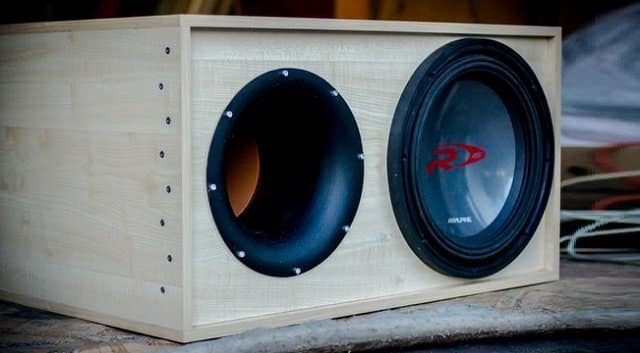
Criterias of choice
It would seem that the more expensive and larger the subwoofer, the better. But the choice is not so obvious. Speaking about the selection criteria, it is important to consider the purpose and place of use of the subwoofer.
Choosing a subwoofer for the room
When choosing a subwoofer in addition to a home theater, consider the size of the room. If we are talking about a standard room, the average area of \u200b\u200bwhich is 15 – 20 square meters. m., a low-frequency speaker from the same line as the entire DC system is quite suitable. Usually this is a subwoofer with a diameter of 8 – 10 inches. If the task is to voice a larger hall, from 40 sq. m, it is recommended to purchase several devices. The size of the subwoofer also matters. It may seem a little strange, but the last few hertz of the frequency range will cost the most. Therefore, creating a suitable sound pressure in a large room will cost a lot. Choosing a subwoofer for a car also has a number of nuances. And first of all we look at the size of the device. Typically, the optimal speaker diameter is 8-12 inches, which is respectively equal to 200 mm and 300 mm. In this case, we get a good sound and eliminate the “jitter” effect. The material from which the body is made is also taken into account. The best option is durable and lightweight aluminum, covered with sound-absorbing felt. In addition to this, we pay attention to the presence of rubberized suspensions, which are responsible for anti-nuclear properties and ensure sound quality. [caption id="attachment_6792" align="aligncenter" width="700"] Note! In some device compositions, the maximum power of the amplifier exceeds this figure for the subwoofer. Therefore, listening to music at full volume is not recommended. Note. Some users also install a home theater subwoofer in their car. Please note that in this case the desired output power may not be obtained. The design of the home low-frequency speaker system is also not designed for operation in conditions of constant vibration and shaking. How to choose, connect and set up a subwoofer from a home theater to a car without an amplifier: https://youtu.be/yp6WCDOFAf0 Now let’s take a look at the top budget subwoofer models. The dimensions of the column are 42 cm * 34 cm * 38 cm. It has a very attractive appearance, and several types of finishes. Equipped with a class “D” amplifier, so the output of the amplifier is 200-400 W, which is a rarity for subwoofers in this price range. The sound is pleasant, with tight and deep bass. The Velodyne Impact 10 subwoofer has been in the ranking of top low-cost models for more than a year. The dimensions of the speaker system are 32 cm * 35 cm * 36 cm. The case is solid, equipped with small legs. The weight of the device is 11.3 kg. The dynamic power of the amplifier is 150 watts. Velodyne Impact 10 is interesting for rooms up to 25 sq. m. Here it will provide a very high-quality sound with thick bass. Here we include the best models of subwoofers, the cost of which varies between 25 – 50 thousand rubles. Model parameters – 39 cm * 37 cm * 41 cm. Weight – almost 15 kg. Presented in three color variations. Does not have a fabric grill. Amplifier power up to 350 watts. The average cost of the column is 28 thousand rubles. This is a passive type of speaker that does not have its own amplifier. Therefore, it is more often used for listening to music. Dimensions – 50 cm * 60 cm * 55 cm. Weight – 32 kg. The sound of the speaker is very high quality. Amplifier power – 350 watts. The maximum sound pressure is as much as 133 dB! The average cost of the column is 39.5 thousand rubles. For this money we get a power of 200 watts, and the sound is 32 – 140 Hz. The speaker system is distinguished by excellent build quality and reliability of component parts. The price range of top-end subwoofers for home theaters starts from 50 thousand rubles. This is a heavy-duty acoustic system with an average cost of 112 thousand rubles. Weight up to 40 kg. Amplifier power 1500 W! The sound pressure value is within 134 DC. It reproduces frequencies from 30 to 130 Hz, which is quite enough for a concert hall. JBL Studio 650P is the best addition to any recreation center. The average cost of the device is 60 thousand rubles. The subwoofer will create surround sound in any room, because its rated power is 250 watts. The column weight is 23 kg. It has a stylish design and high-quality reliable components. The average cost of a low-frequency speaker system is 50 thousand rubles. The subwoofer is bass-reflex. The maximum power of the amplifier is 220 W, the nominal power is 170. The frequency range is 29 – 190 Hz. Perfect for rooms up to 40 sq.m. Oddly enough, we begin the process of connecting a subwoofer from a recreation center by choosing the “right” place to install it. Ideally, the device is placed next to the front speaker. [caption id="attachment_6785" align="aligncenter" width="978"] Subwoofer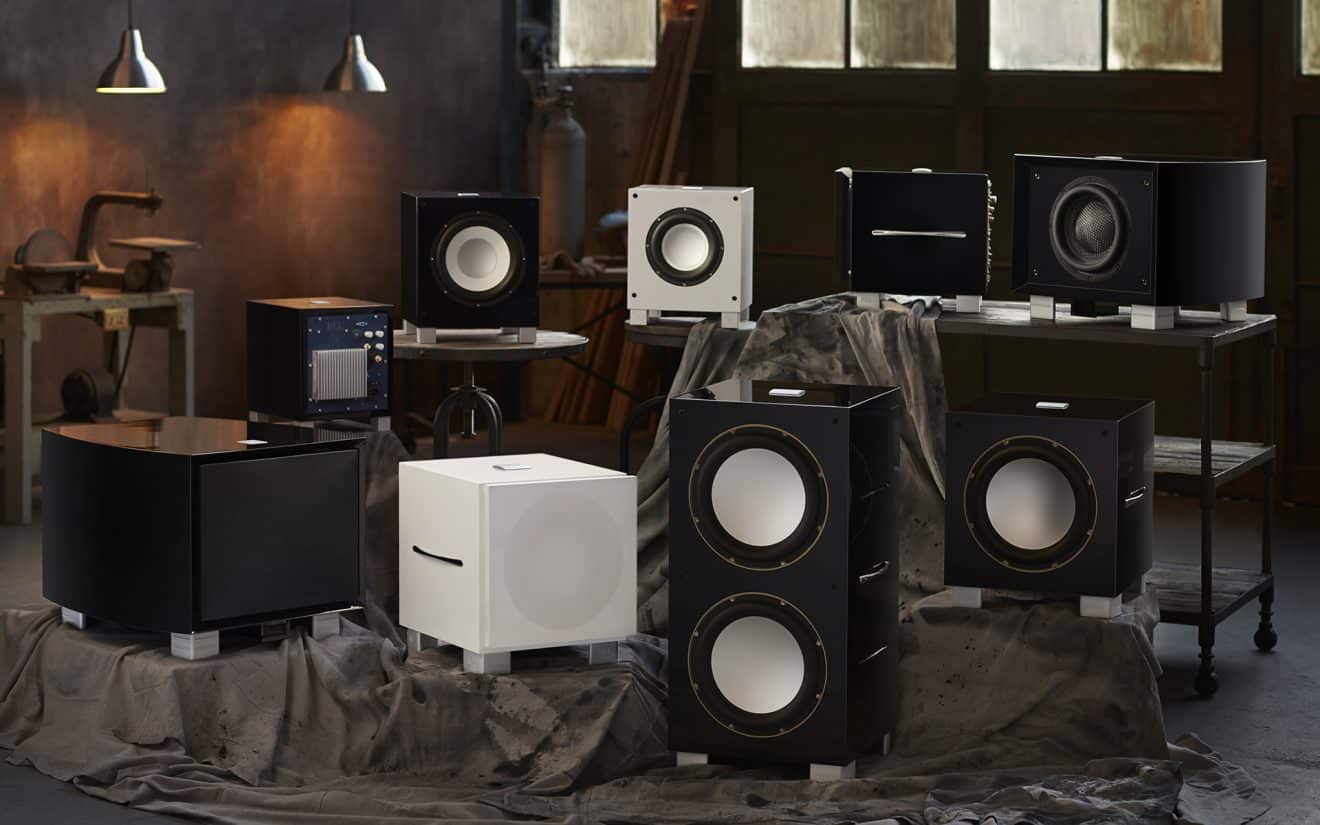
Auto subwoofer selection options
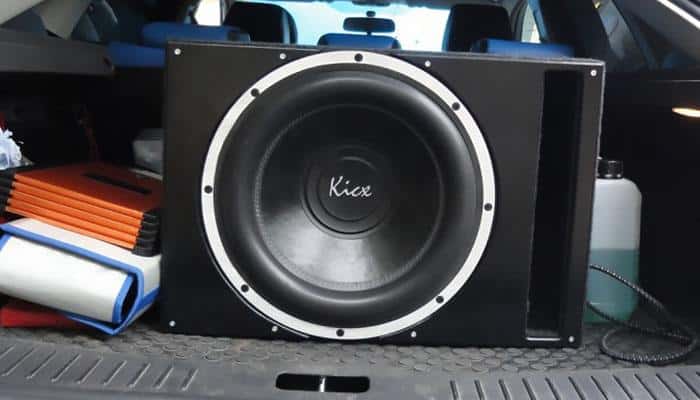 High-quality subwoofer in the car [/ caption] The next selection criterion is power. Here we distinguish the nominal power, that is, the real efficiency of sound reproduction; and maximum power. By maximum we mean the power of a short signal that the low-frequency speaker can withstand without damage. When choosing a subwoofer for a car, pay attention to the nominal value. The optimal value for a car interior is 150-300 watts.
High-quality subwoofer in the car [/ caption] The next selection criterion is power. Here we distinguish the nominal power, that is, the real efficiency of sound reproduction; and maximum power. By maximum we mean the power of a short signal that the low-frequency speaker can withstand without damage. When choosing a subwoofer for a car, pay attention to the nominal value. The optimal value for a car interior is 150-300 watts.TOP 3 budget subwoofer models for home theater assembly – rating of the best
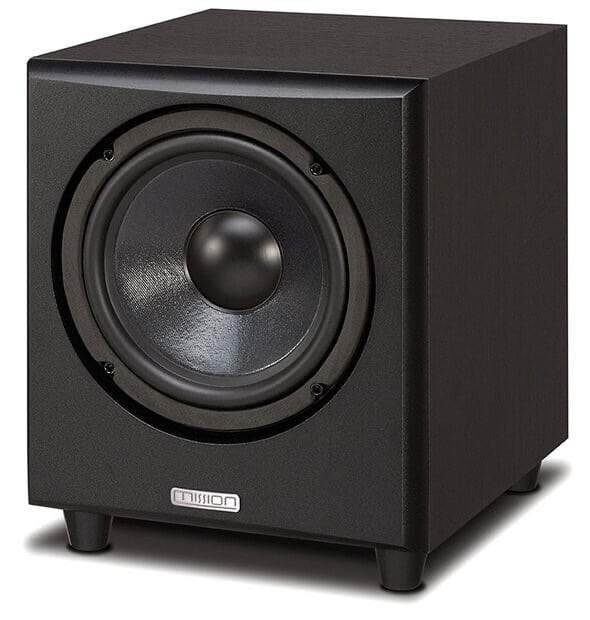 Great option for a small room. The body design of this model is very standard. Its dimensions are 39 cm * 36 cm * 37 cm. Made of high quality MDF, finished with a polymer film. Amplifier output – 120-250 watts. The main advantages of the Mission MS-200 are value for money, high sound fidelity, and easy setup.
Great option for a small room. The body design of this model is very standard. Its dimensions are 39 cm * 36 cm * 37 cm. Made of high quality MDF, finished with a polymer film. Amplifier output – 120-250 watts. The main advantages of the Mission MS-200 are value for money, high sound fidelity, and easy setup.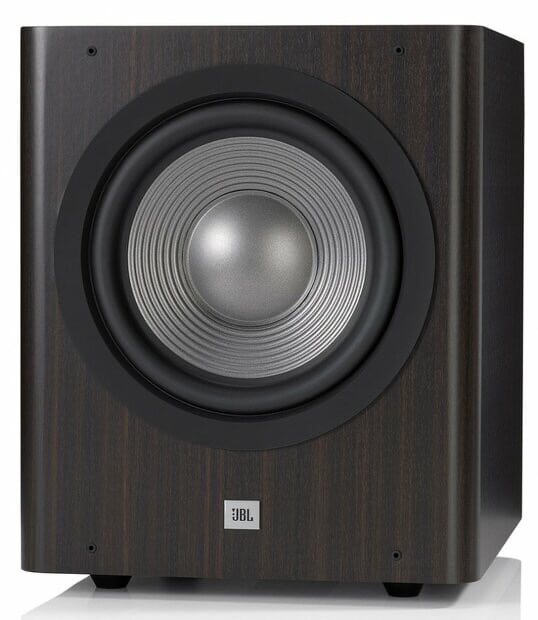
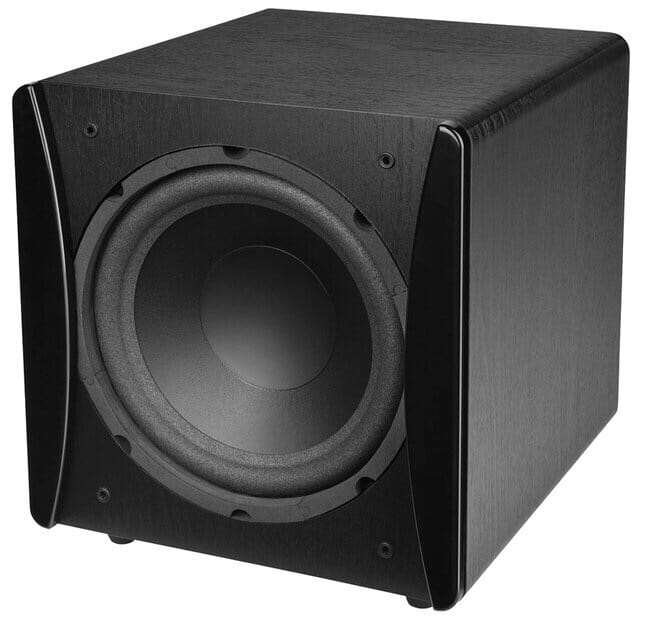
TOP 3 models of subs in the middle price range – what to choose for a more expensive home theater
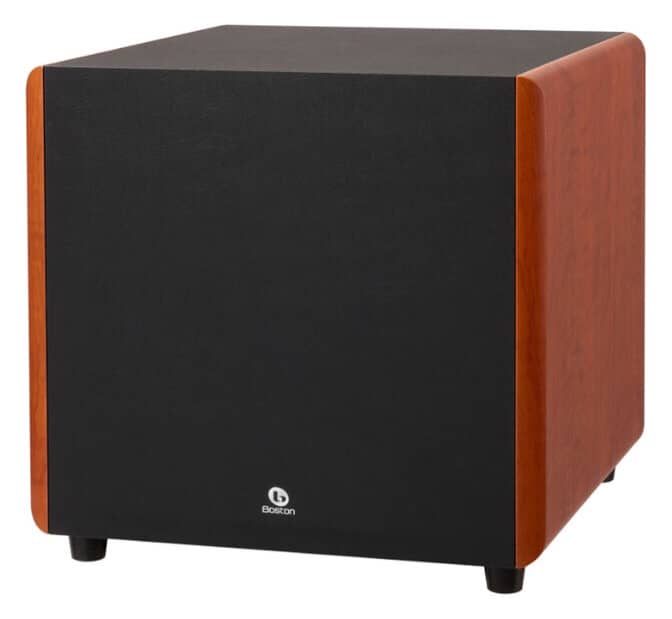
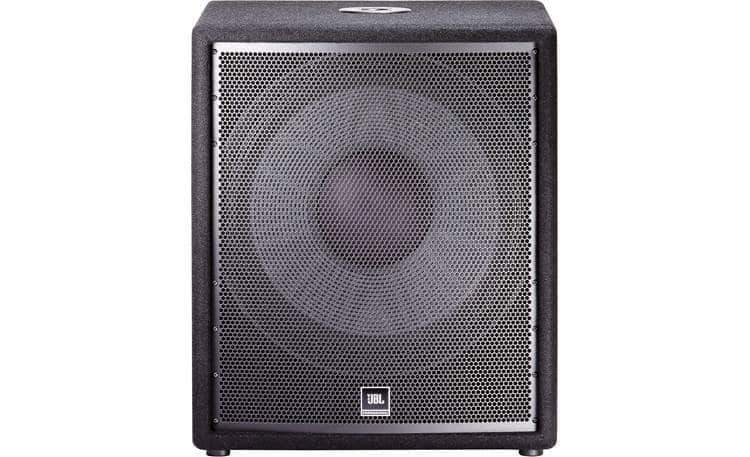
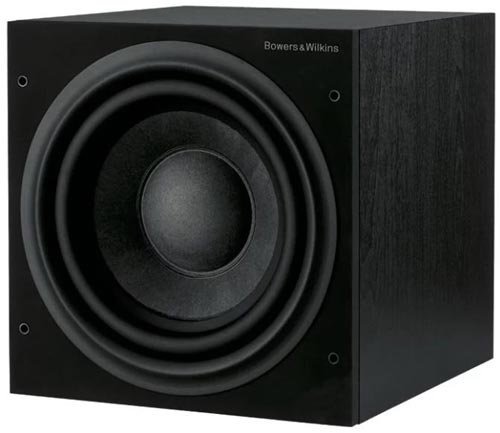
The best subwoofer for home theater – choose the top models
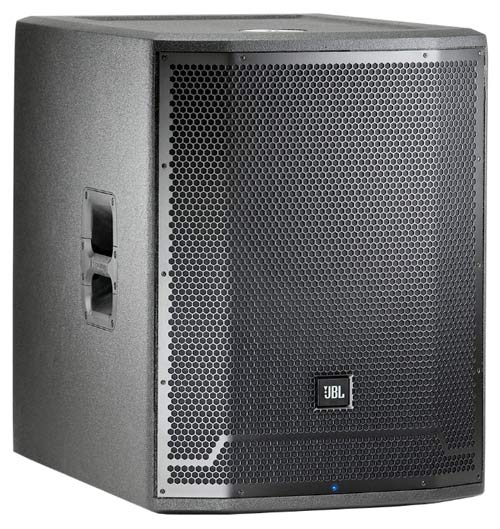
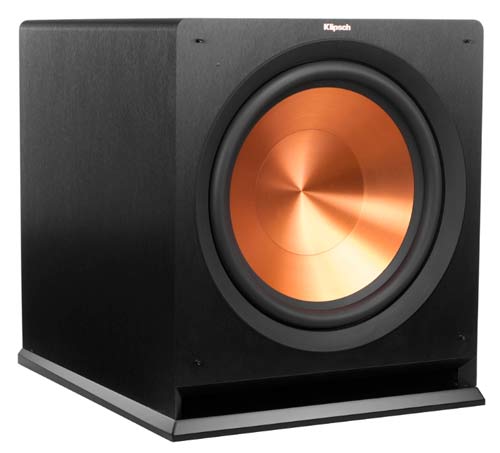
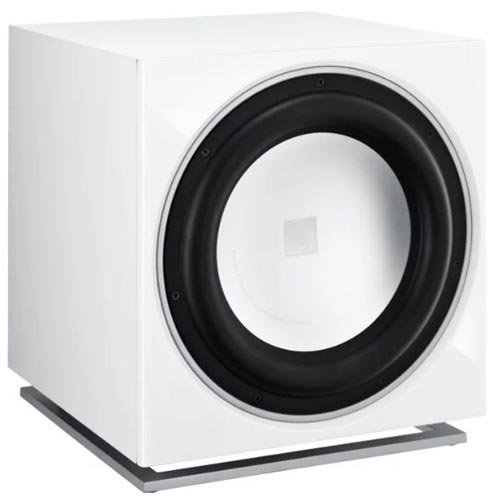 How to choose a subwoofer for home theater and which one is better, bass-reflex or in a closed box: https://youtu.be/Xc4nzQQNbws
How to choose a subwoofer for home theater and which one is better, bass-reflex or in a closed box: https://youtu.be/Xc4nzQQNbwsConnecting and setting up a subwoofer in a home theater system – step by step instructions with a photo
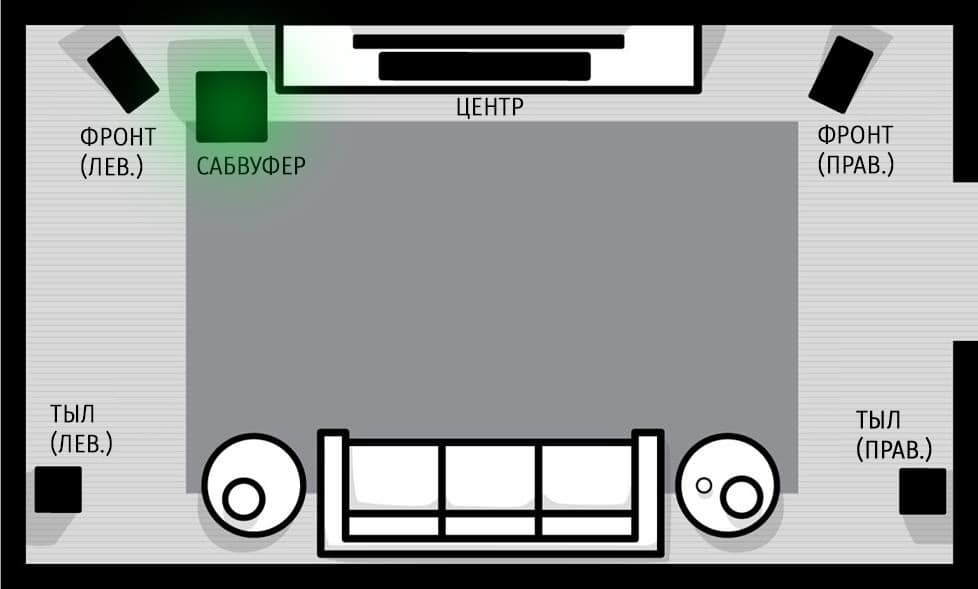 placement is an important point
placement is an important point
- To get more bass, we install it next to the load-bearing wall, for a more delicate sound – in the back of the room.
- We move the subwoofer with a phase inverter from the wall by 20-30 cm.
- Do not place the speaker next to a thin wall, window, sideboard, etc. When the subwoofer is running, such surfaces will vibrate, which will add some dirt to the sound.
Connection
In the process of connecting a subwoofer, in principle, there is nothing complicated. We connect to the system in one of three ways. Let’s consider each.
- The first option, the simplest and most common, is to connect the low-frequency effects channel (LFE or Low Frequency Effect) to the DC receiver. Suitable for almost every AV receiver, as well as an amplifier with a separate output for a subwoofer. We use a subwoofer cable to connect. The inputs and outputs are as follows: on the receiver, usually “SUB OUT” or “Subwoofer Out”; for the sub – “LFE INPUT”, “LINE IN”. After do not forget to plug the device into the nearest outlet. If there is only one required connector on the receiver, and you need to connect several devices, we recommend using a Y-shaped subwoofer cable.
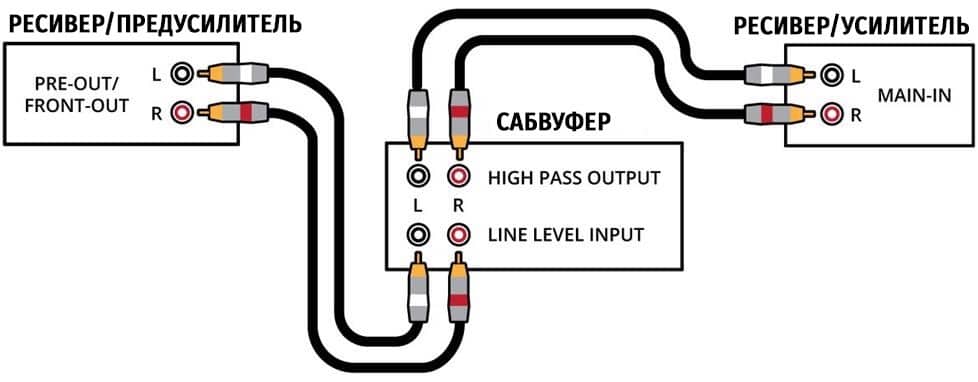
- If there are no above-mentioned inputs and outputs on the existing equipment, we are looking for others, and we connect using one of the two options below.
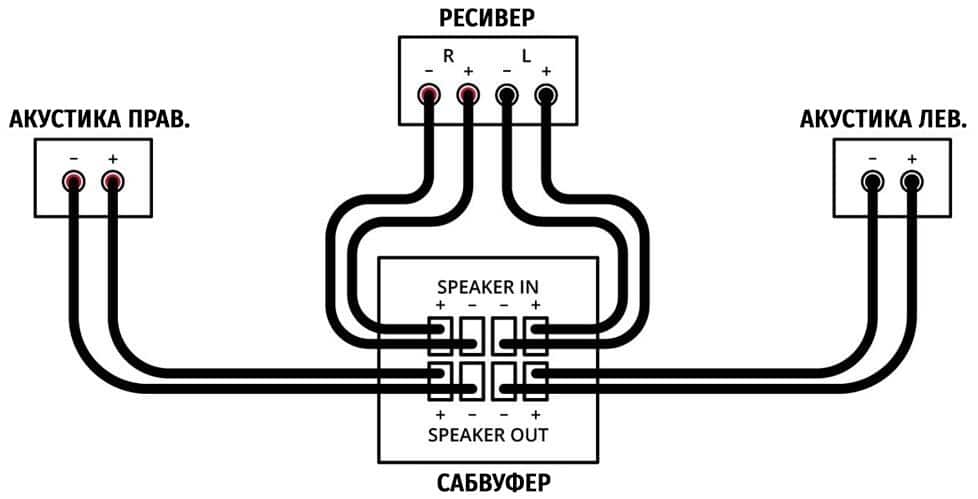
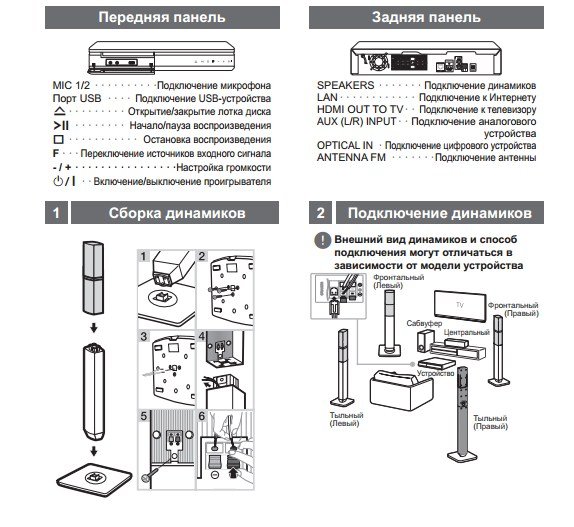
Setting
After installing the subwoofer, as well as connecting it to the signal source and network, we proceed to setting up the equipment. Check and, if necessary, adjust the following parameters:
- If there is a high-pass filter (HPF) regulator, we set the maximum allowable value – usually 120 Hz.
- We set the phase switch to “0” or “Normal”, the regulator to the extreme position (“0”).
- It is recommended to set the volume control to 1/3 of the highest value.
- The recommended crossover frequency is 80 Hz.
- On the AV receiver, select “Stereo” as the sound mode.
How to make a home theater subwoofer
If a powerful subwoofer is needed for a home theater, but there is not enough money to purchase it, you can make the equipment yourself. For a homemade device you will need:
- ordinary speaker (take a 10-inch Pioneer speaker, model TS-W255C; average cost is 800 rubles);
- power supply, for example, from an old PC (500 W);
- car amplifier with built-in crossover (Lanzar Heritage);
- inexpensive car subwoofer;
- columns;
- wires for speakers;
- Fiberboard for the frame (recommended width – 18 mm);
- paint, primer.
Let’s get to work.
- We start with the design of the case . For this purpose, we will use the software for 3D visualization – Sketchup.
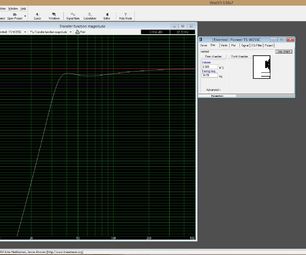 Dimensions are calculated using WinISD. At the output, we got a cube-shaped case. The height of each side is 35 cm. The port was designed at the bottom, while the permissible output power is 32 Hz.
Dimensions are calculated using WinISD. At the output, we got a cube-shaped case. The height of each side is 35 cm. The port was designed at the bottom, while the permissible output power is 32 Hz.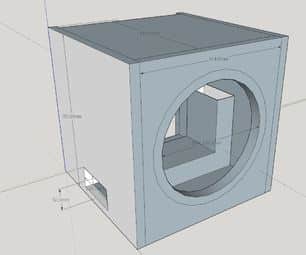
- At the next stage, we cut out a frame from fiberboard .
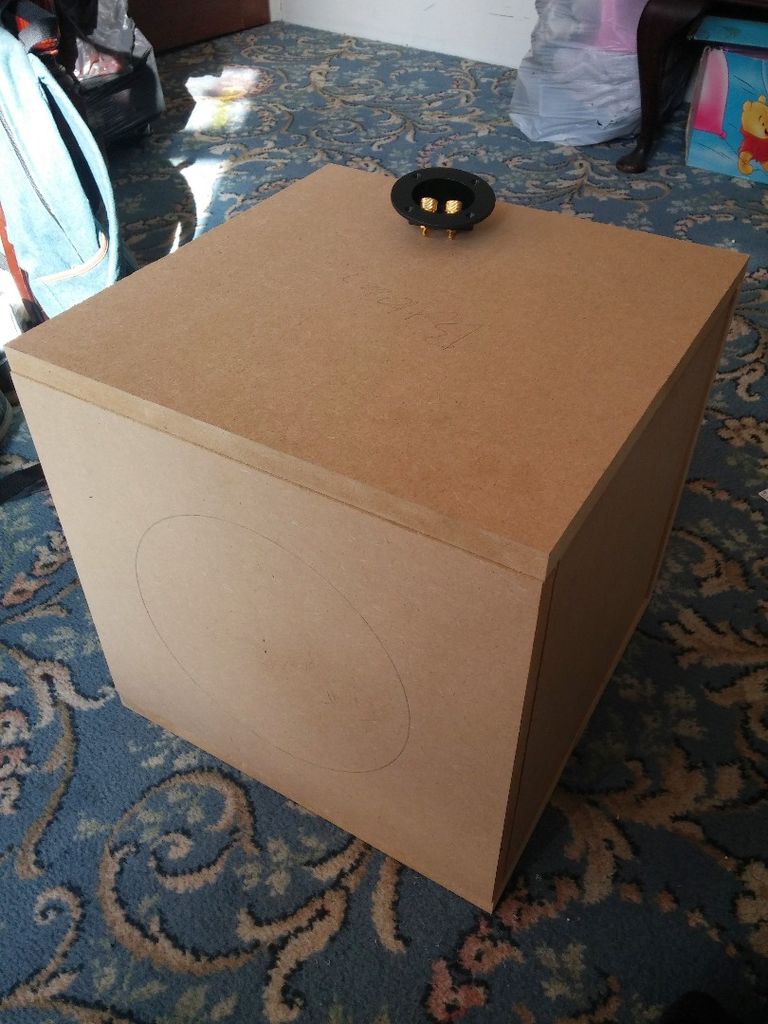 The fuse can be made from neoplene, which is very budgetary.
The fuse can be made from neoplene, which is very budgetary.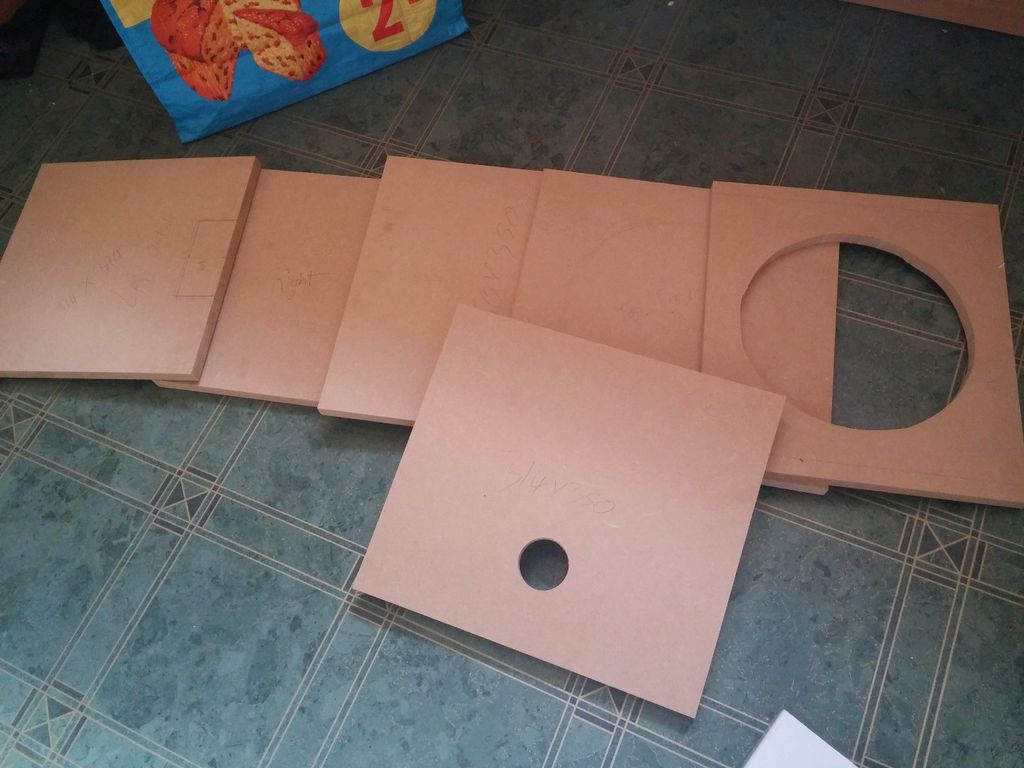
- The third step is to make a port. For this purpose, a 110 mm wide plastic gutter suited us perfectly.
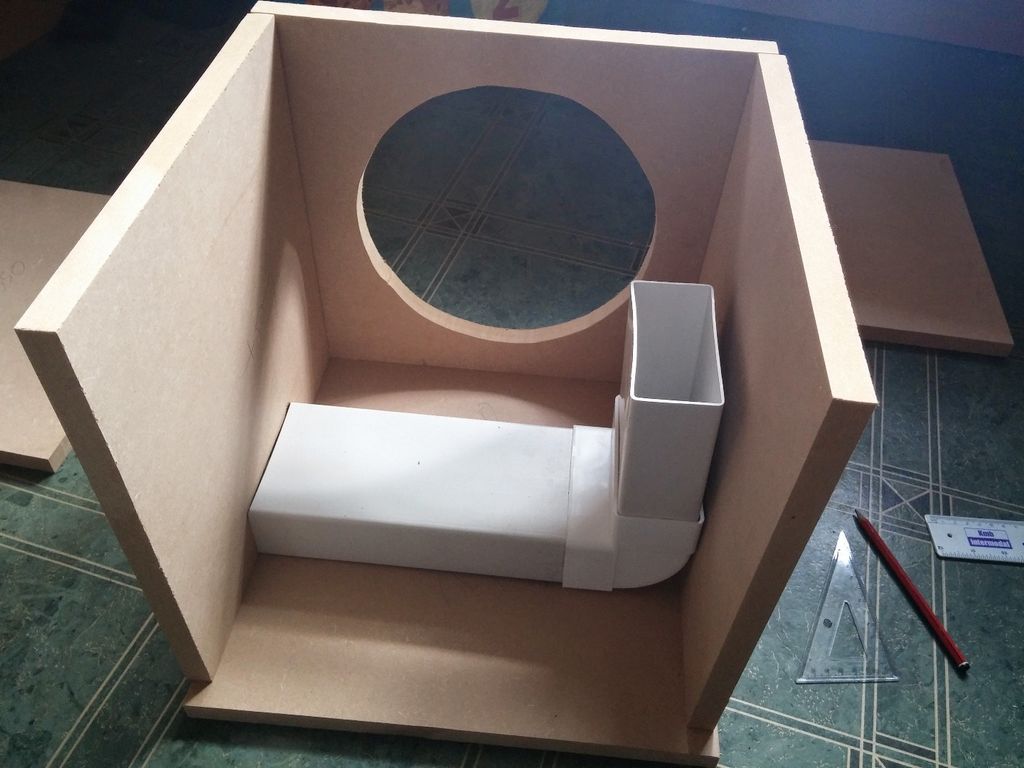
- Next, we assemble and glue the frame using high-quality wood glue.
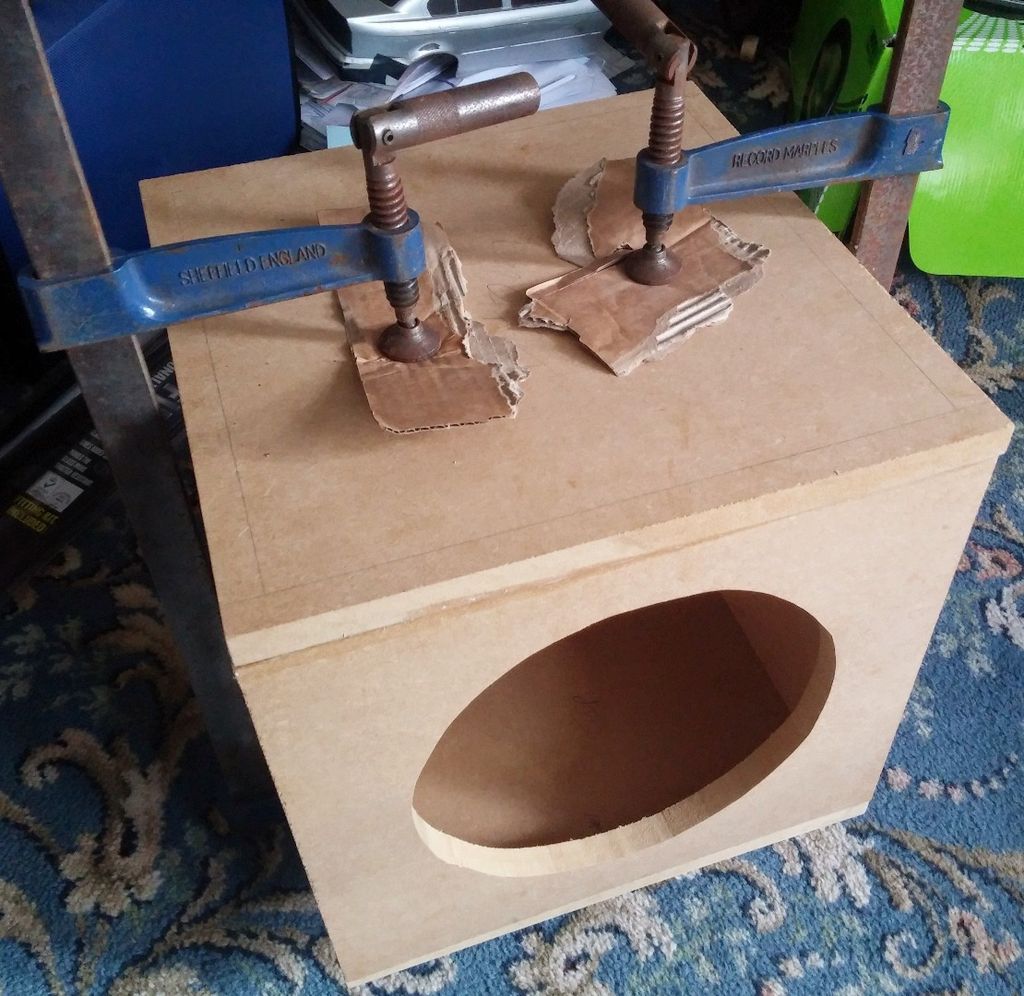
- Using glue and silicone sealant, we mount the previously assembled port into the frame.
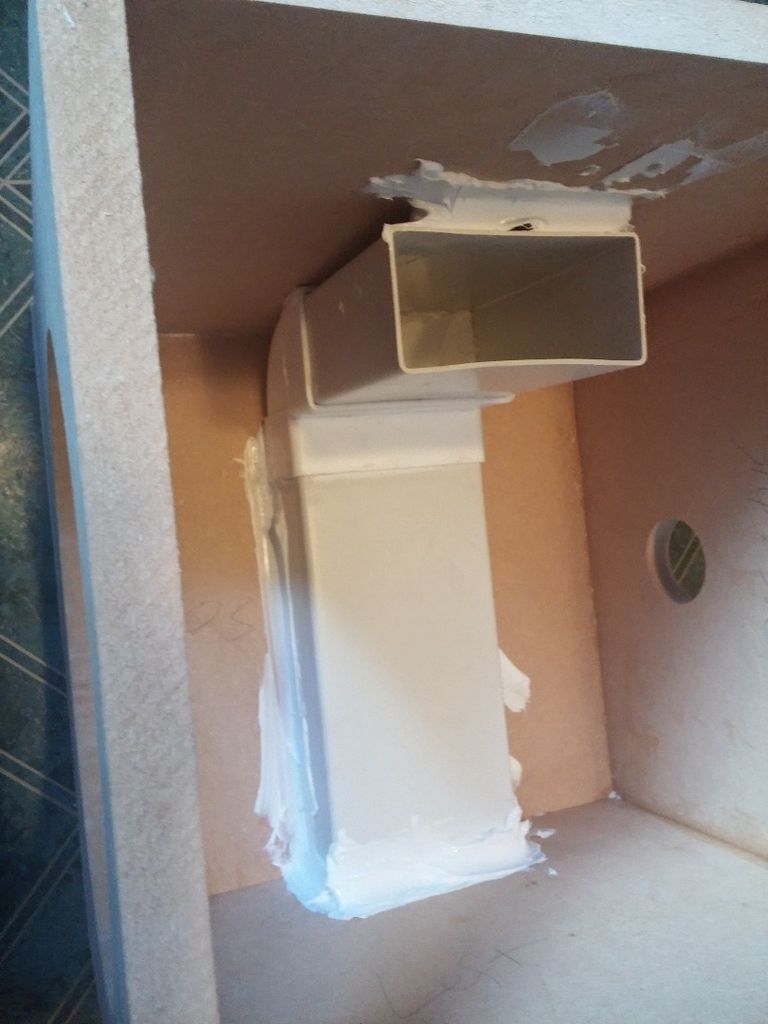
- Cut and grind holes.
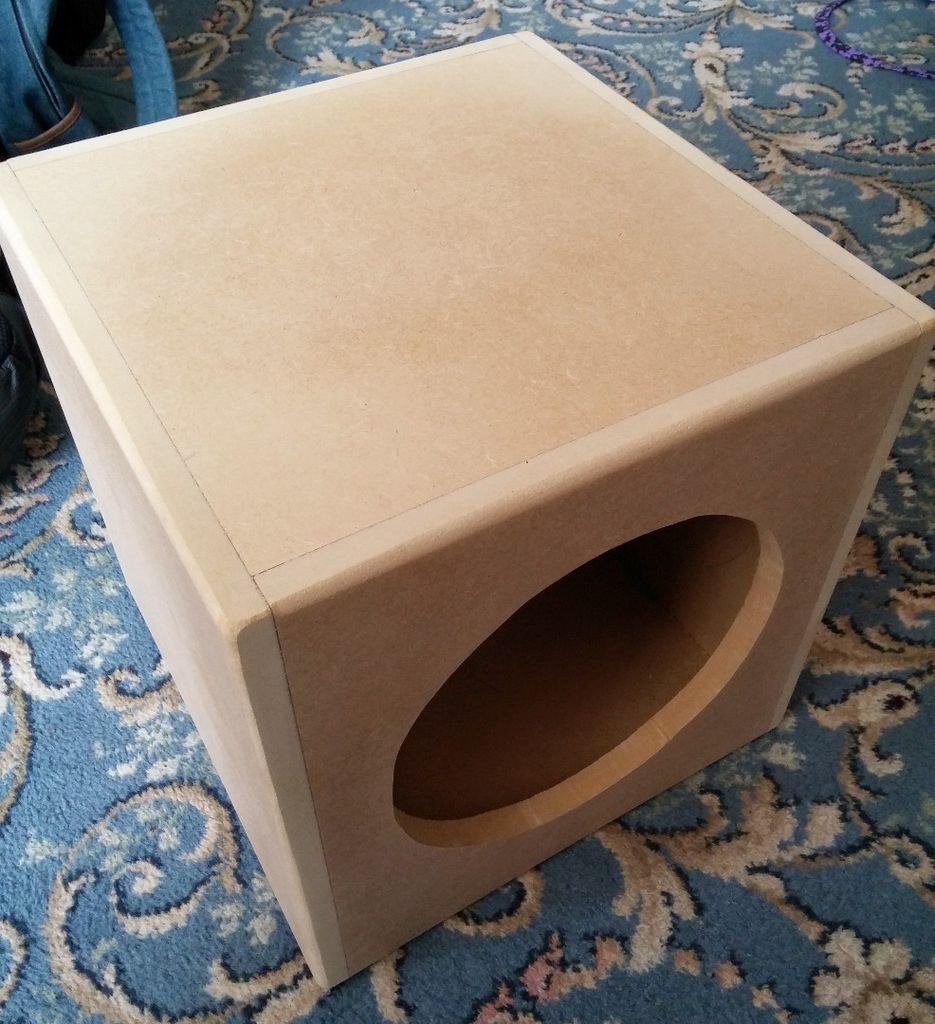
- We primed the case in several layers. And paint over it with automotive paint.

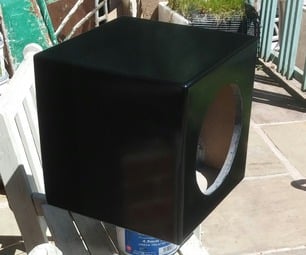
- We proceed to work with the inside of the case. We take the insulation, and with the help of a construction stapler we fasten the material to the walls of the frame. Thus, we avoid excessive rumbling when sounding.
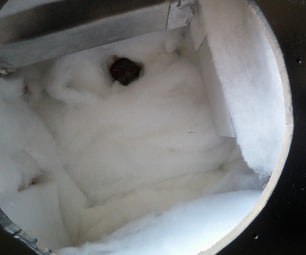
- The next final stage is to mount the power supply, ground wires, amplifier.
As a result, we get a very decent subwoofer for little money. The cost of the device is about 2.5 thousand rubles.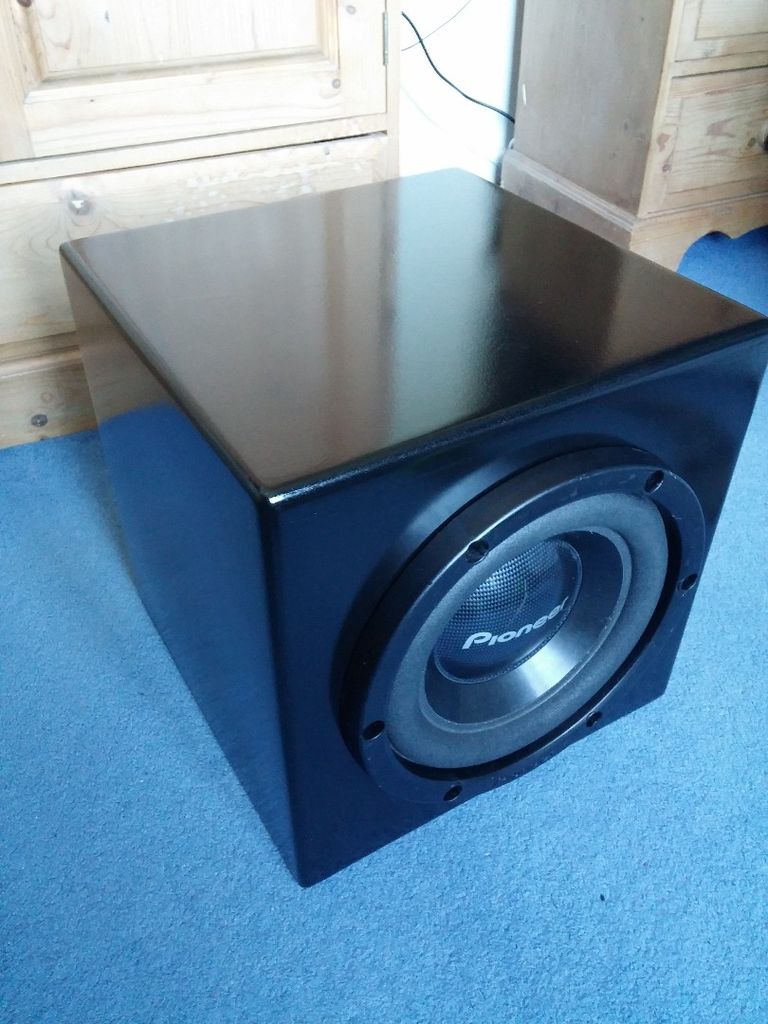
How to disassemble a subwoofer from a home theater for repair
Dropping the subwoofer or violently jerking the unit may damage the wires. This will result in a humming sound when turned on or other more serious malfunctions. To fix the problem, the low-frequency speaker system will need to be disassembled. The order of parsing is as follows:
- carefully dismantle the subwoofer case;
- Detach the speaker from the frame.
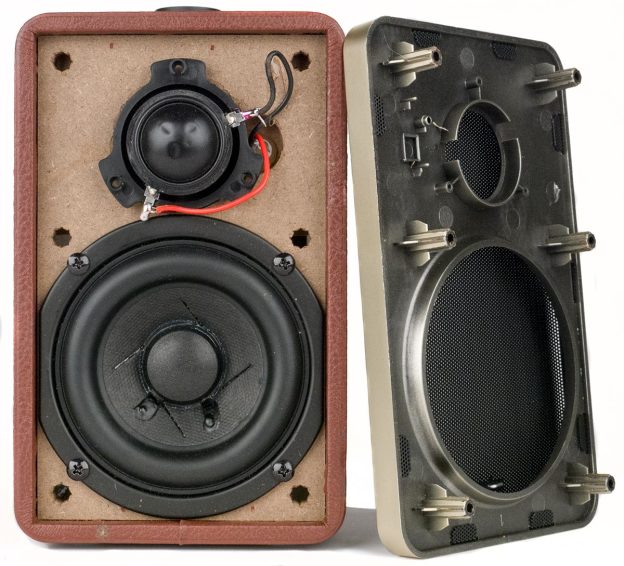 It would seem that everything is quite simple. But when disassembling a sub, it is important to consider a number of nuances.
It would seem that everything is quite simple. But when disassembling a sub, it is important to consider a number of nuances.
- The cases of any subwoofer open quite tightly . For speakers of some firms, the back wall is fastened with four or five screws. Other manufacturers are not limited to this type of fastener, and glue the parts; or use the type of fastening “in grooves”. Therefore, to disassemble the case, you may need small flat and Phillips screwdrivers, a knife to scrape off the glue.
Note! Open the case slowly so as not to damage the wires and other insides of the subwoofer.
- The speaker inside the case can also be attached with screws and glue . Panasonic subwoofers have a separate cable compartment. To check the integrity of the cables, the compartment is opened. It is also recommended to photograph the position of the wires at different stages of disassembling the subwoofer. This will greatly simplify the reverse process – the upcoming assembly of the system.
We hope our review has helped to deal with all the existing questions.
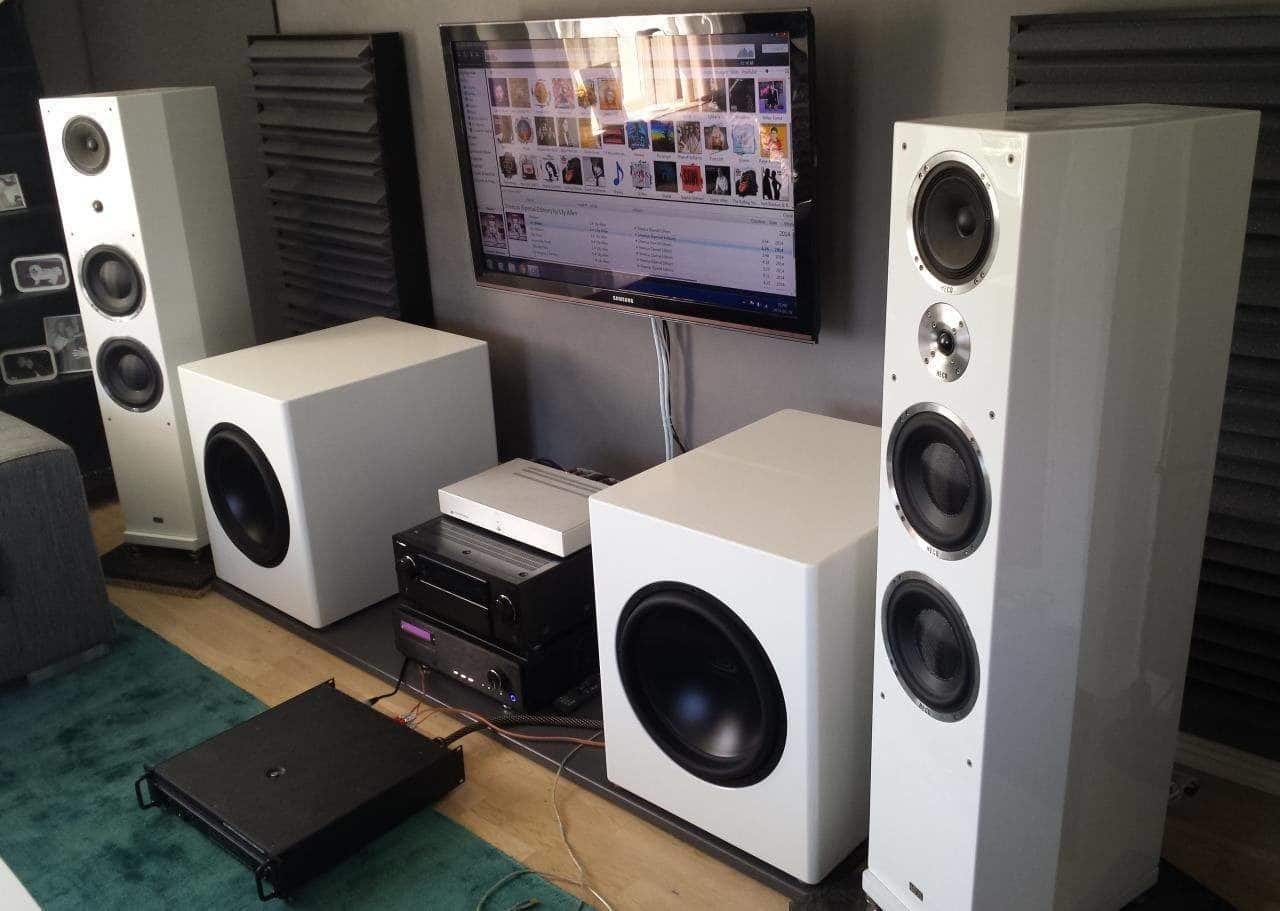
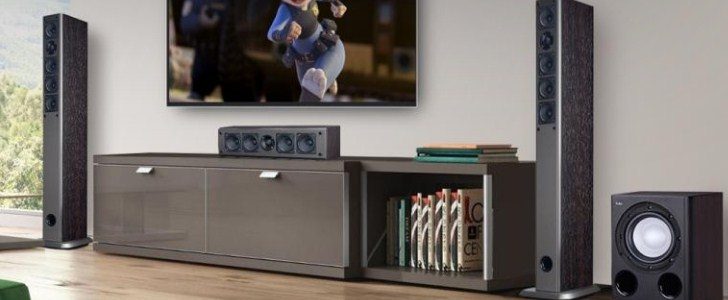
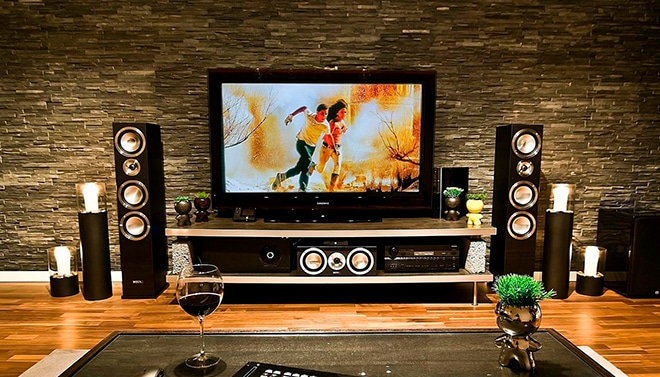
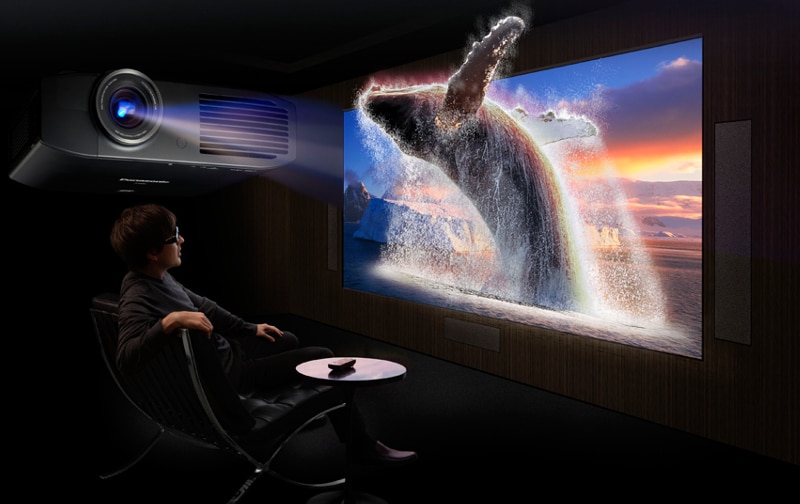
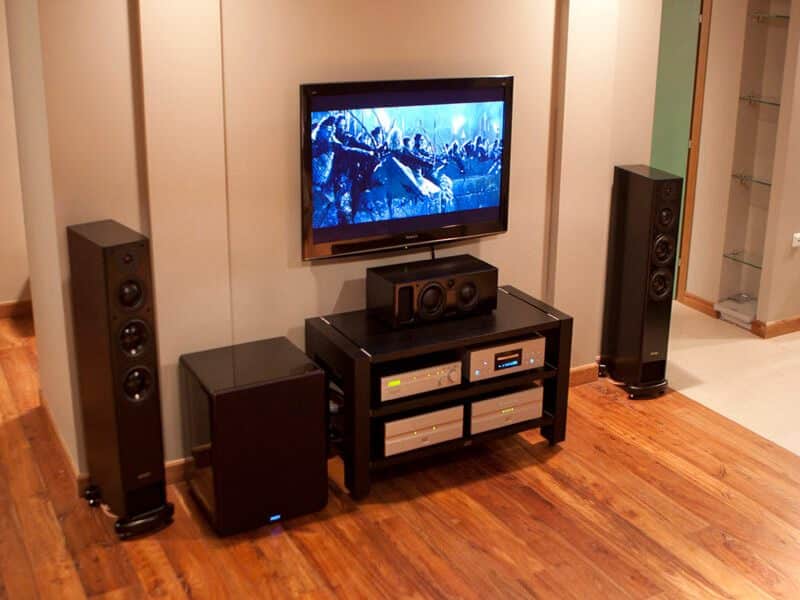
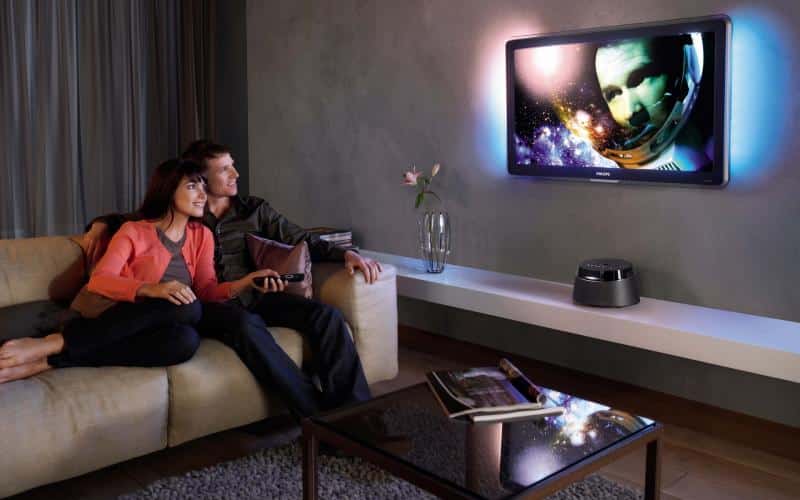
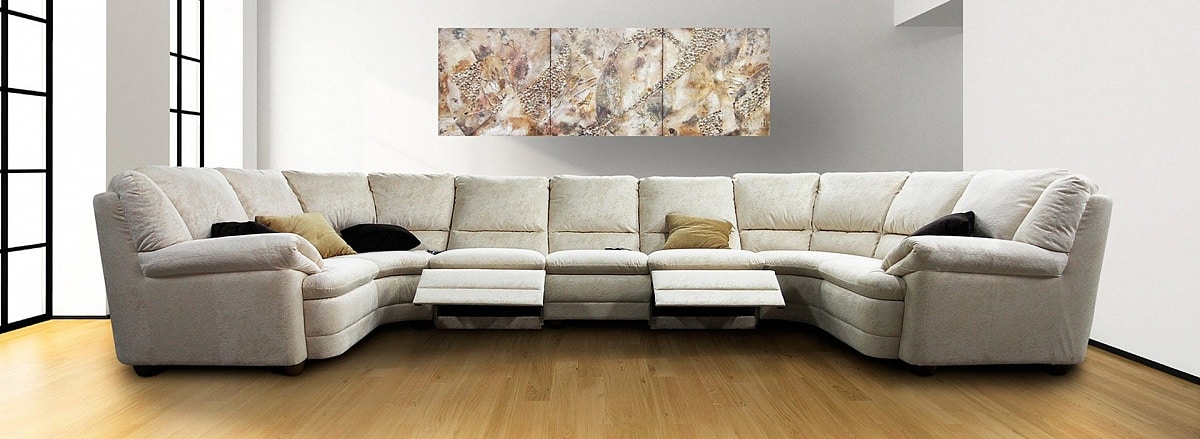

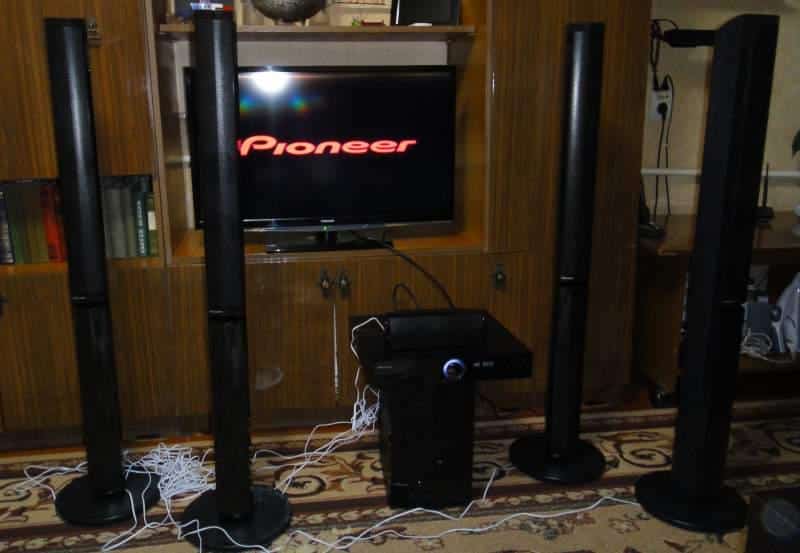
kiukweli tumejithahihidi kusoma sasa hizi mbiri velodyne na ho ya gari zinapatikana shopp wapi uumo daa zinapatikana mtani upi ? iyo ya gari inaitwaje?